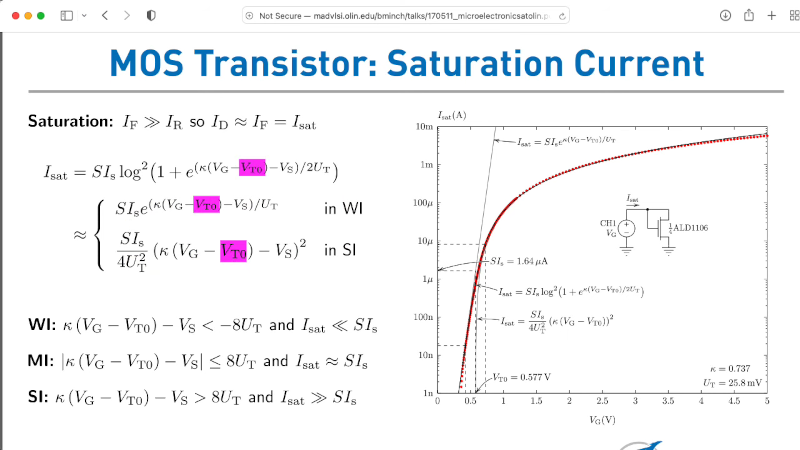
How many terminals does a MOSFET have? Trick question since most have three leads, even though there are really four connections to the underlying device. It isn’t a conspiracy, though and [Aaron Lanterman] talks about how MOSFETs really work and why thinking of them as three-terminal devices can lead you astray in a recent video that you can watch below.
Like many people, [Aaron] points out the parallel between a triode vacuum tube and a MOSFET. That’s not surprising, since a solid-state tube was exactly what they were looking for when they developed the FET. Since tubes and FETs are both voltage controllers, it is easy to think of the gate as the grid, the source as the cathode, and the drain as the plate. But, [Aaron] shows this isn’t really a very accurate picture.
The fourth terminal of the MOSFET is the “bulk” or substrate. In a package, we typically see that tied to the source, and that actually defines the source since, on a four-terminal MOSFET, the source and drain are interchangeable as long as the device is symmetrically built. If you are working with three-terminal devices, this means that Vgs — the voltage from gate to source — is meaningful. But with a four-terminal device — or one constructed on a die — you must realize that the gate voltage will reach differently from the source voltage since there is a built-in offset from the bulk terminal.
If you only use packaged MOSFETs, this difference is probably only a curiosity. However, it is good to understand how things really work and, too, designing custom ICs is becoming more accessible every day. Understanding the details of components can lead to interesting designs. Like using a MOSFET as both a heater and a temperature sensor.
0 Commentaires